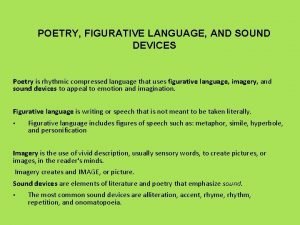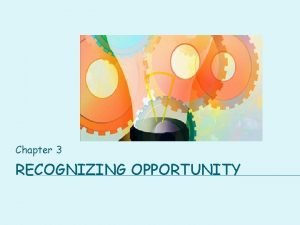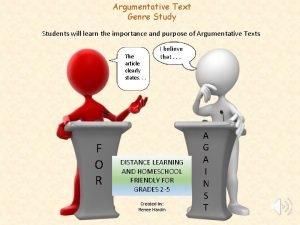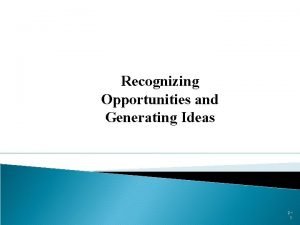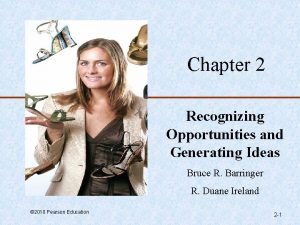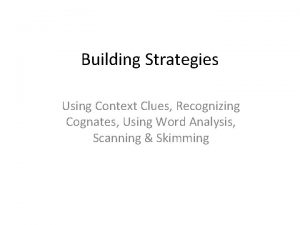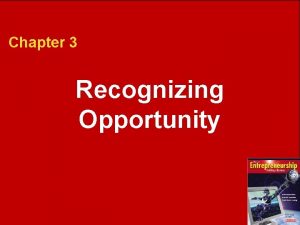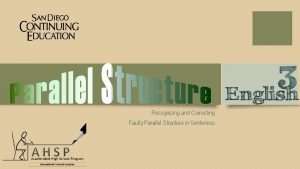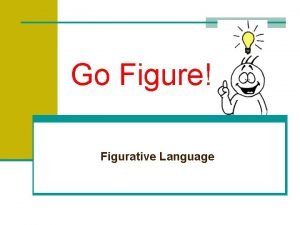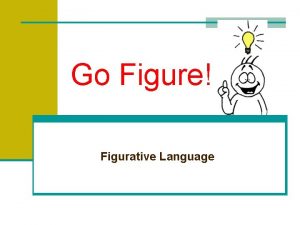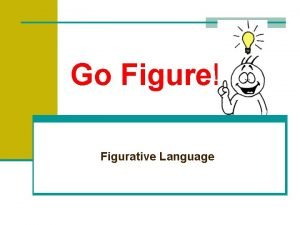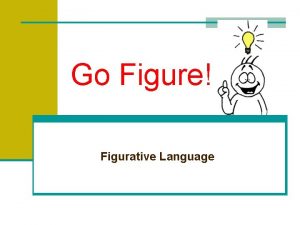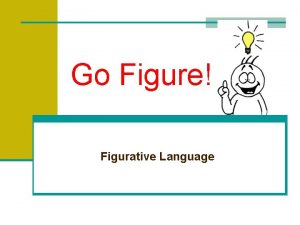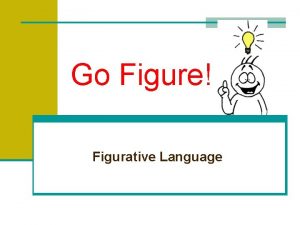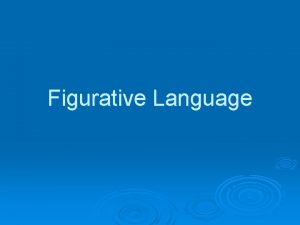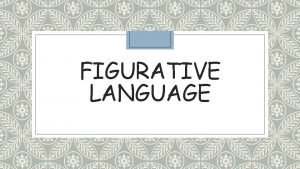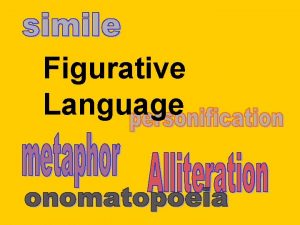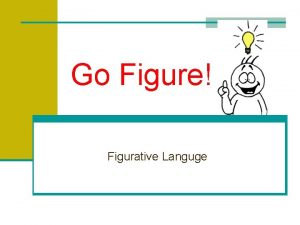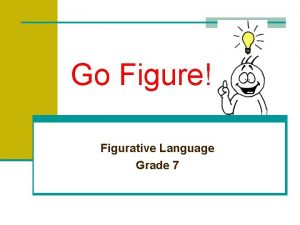Go Figure Figurative Language Recognizing Figurative Language Figurative















- Slides: 15

Go Figure! Figurative Language

Recognizing Figurative Language Figurative language is language that means more than what it says on the surface. n It usually gives us a feeling about its subject. n Poets use figurative language almost as frequently as literal language. When you read poetry, you must be conscious of the difference. Otherwise, a poem may make no sense at all.

Literal language n The words say exactly what they mean n Examples: n It is raining outside n I am cold n She is a baby

Recognizing Figurative Language Instead of saying exactly what they mean, sometimes people use comparisons or exaggeration: She is a big baby I am freezing to death It is raining cats and dogs

What is figurative language? n Whenever you describe something by comparing it with something else, you are using figurative language.

Types of Figurative Language n Imagery n Simile n Metaphor n Alliteration n Personification n Onomatopoeia n Hyperbole n Idioms

Imagery n Language that appeals to the senses. Ex: His fingers tore into the thick orange peel and sweet, sticky juice squirted out onto his hands. • Sight • Hearing • Touch • Taste • Smell

Simile n A figure of speech which involves a direct comparison between two unlike things, usually with the words like, as, or than. Example: The muscles on his brawny arms are strong as iron bands.

Metaphor n A figure of speech which compares two relatively unlike things without using like or as. Example: The road was a ribbon wrapped through the desert.

Alliteration n Repeated consonant sounds occurring at the beginning of words or within words. Example: She was wide-eyed and wondering while she waited for Walter to waken.

Personification n A figure of speech which gives the qualities of a person to an animal, an object, or an idea. Example: “The blowing wind yells in ecstasy. " (The wind cannot yell. Only a living thing can yell).

Onomatopoeia n The use of words that mimic sounds. Example: The firecracker made a loud ka-boom! (Write 5 more)

Hyperbole n An exaggerated statement used to heighten effect, not to mislead, but to emphasize a point. Example: She said so a million times.

Idioms n A figure of speech whose meaning is different from what the words say. Example: “He’s gone off the deep end, " meaning “he is out of control, " cannot be taken literally.

Figurative Language Summary n Write a summary explaining the difference between figurative and literal language. Then tell which you like better and why.
 Figurative language vs literary devices
Figurative language vs literary devices Useful and harmful materials in the house
Useful and harmful materials in the house Strategy: listening for cognates
Strategy: listening for cognates Chapter 3 recognizing opportunity
Chapter 3 recognizing opportunity Trends and opportunities examples
Trends and opportunities examples Recognizing genre - argumentative text
Recognizing genre - argumentative text Variables affecting channel structure?
Variables affecting channel structure? Recognising opportunities
Recognising opportunities Recognizing lab safety worksheet
Recognizing lab safety worksheet Entrepreneurial trends
Entrepreneurial trends Recognizing opportunities and generating ideas
Recognizing opportunities and generating ideas Strategy: recognizing cognates
Strategy: recognizing cognates Argumentative statement
Argumentative statement Chapter 3 recognizing opportunity
Chapter 3 recognizing opportunity Recognizing laboratory safety
Recognizing laboratory safety I have always enjoyed reading the book more than
I have always enjoyed reading the book more than
